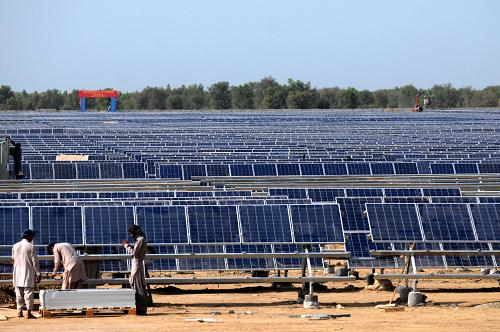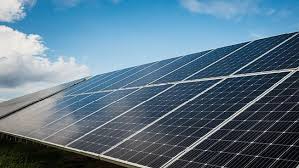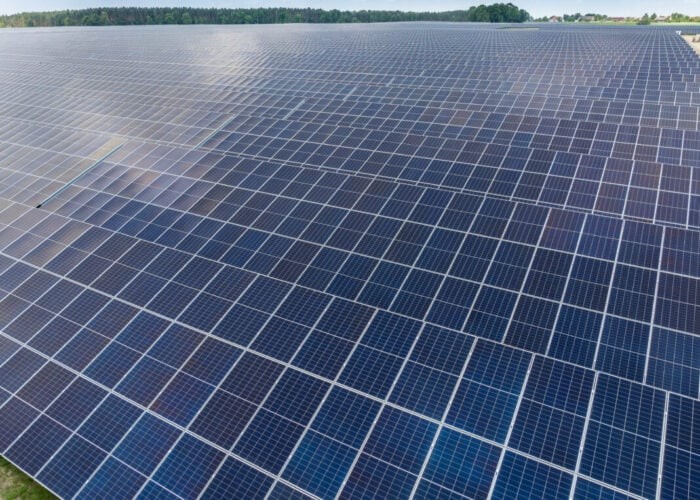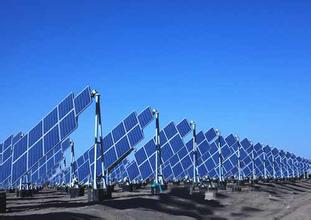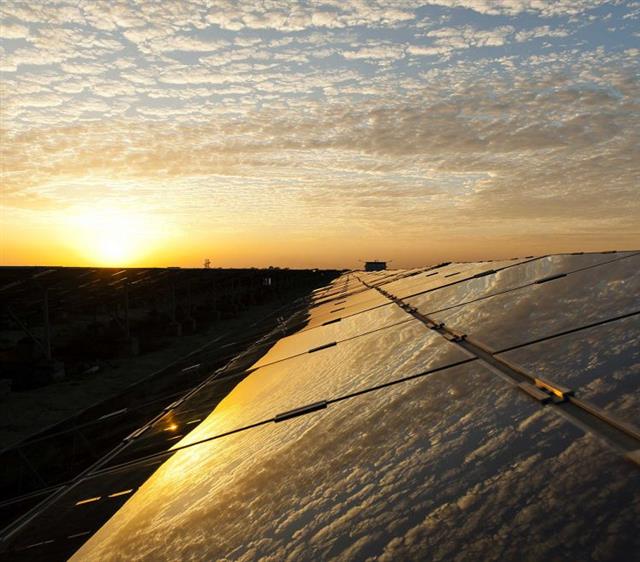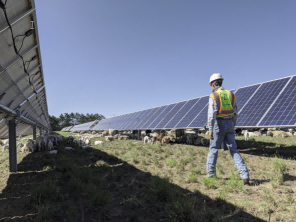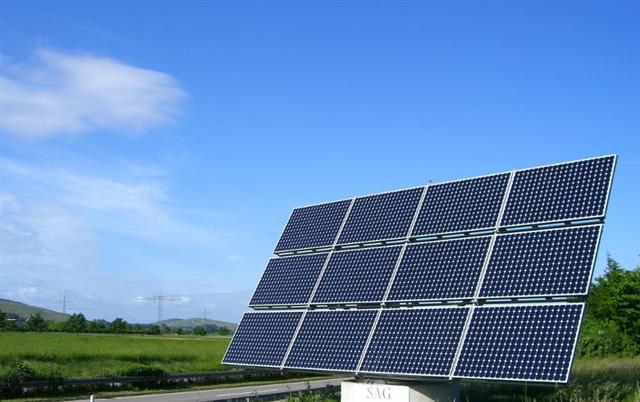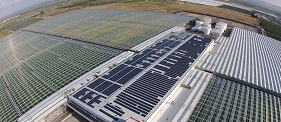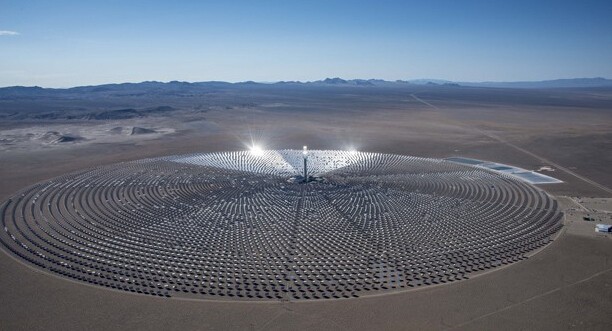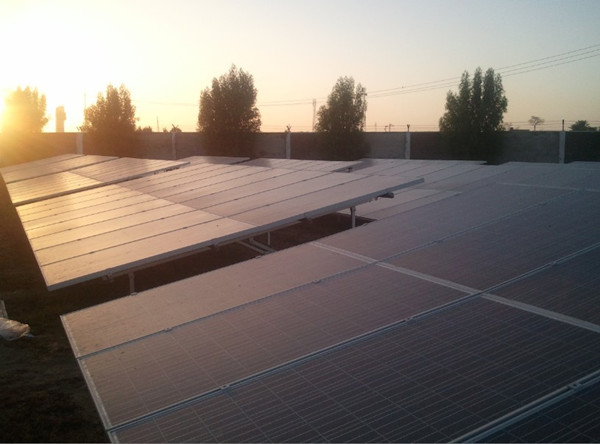New Mexico’s community solar program
Governor Michelle Lujan Grisham signed the Energy Transition Act (SB 489) in 2019, which introduced the idea of a community solar program, and also mandated that New Mexico move to 50% renewable energy by 2030. However, New Mexico’s community solar program was truly born in 2021, when the Community Solar Act (SB 84) established New Mexico’s official program.
After a three-hour filibuster, the Community Solar Act (SB 84) passed on April 5, 2021. The act authorized community solar projects in the state and requires that 30 percent of each community solar facility serves low-income households. The first three years of the program are capped at 200 megawatts of total generating capacity. This total does not include native community solar projects or rural electric distribution cooperatives. The bill defines “native community solar projects” as facilities located on native land that is owned or operated by “an Indian nation, tribe, or pueblo or a tribal entity or in partnership with a third-party entity.” This addresses ILSR’s third principle: that any community solar policy must be additive, rather than detract from any existing renewable energy policy. Subscriptions can supply up to 100% of subscribers’ average annual electricity consumption.
Watch the top state community solar programs progress in our National Community Solar Programs Tracker and click here to find more state program pages.
New Mexico is the second sunniest state in the United States, with an average of 300 days per year of sunshine. This climate makes the state a prime candidate for solar power. Early estimates suggest that New Mexico’s community solar program should be up and running by Spring 2022. The Community Solar Act requires that the Public Regulation Commission finalize the rules process by April 1, 2022.
In addition to investor-owned utilities, third parties can own community solar facilities ( fulfilling the Institute for Local Self Reliance’s second principle of successful community renewable energy, flexibility). The system is regulated through renewable energy certificates. In the case of community solar facilities, these certificates are actually owned by the electric utility to which the facility is interconnected. These certificates may be traded or sold, and serve as proof of compliance with New Mexico’s renewable portfolio standard. The community solar program will help to fulfill New Mexico’s requirement that investor-owned utilities are carbon-free by 2045 and 2050, respectively.
